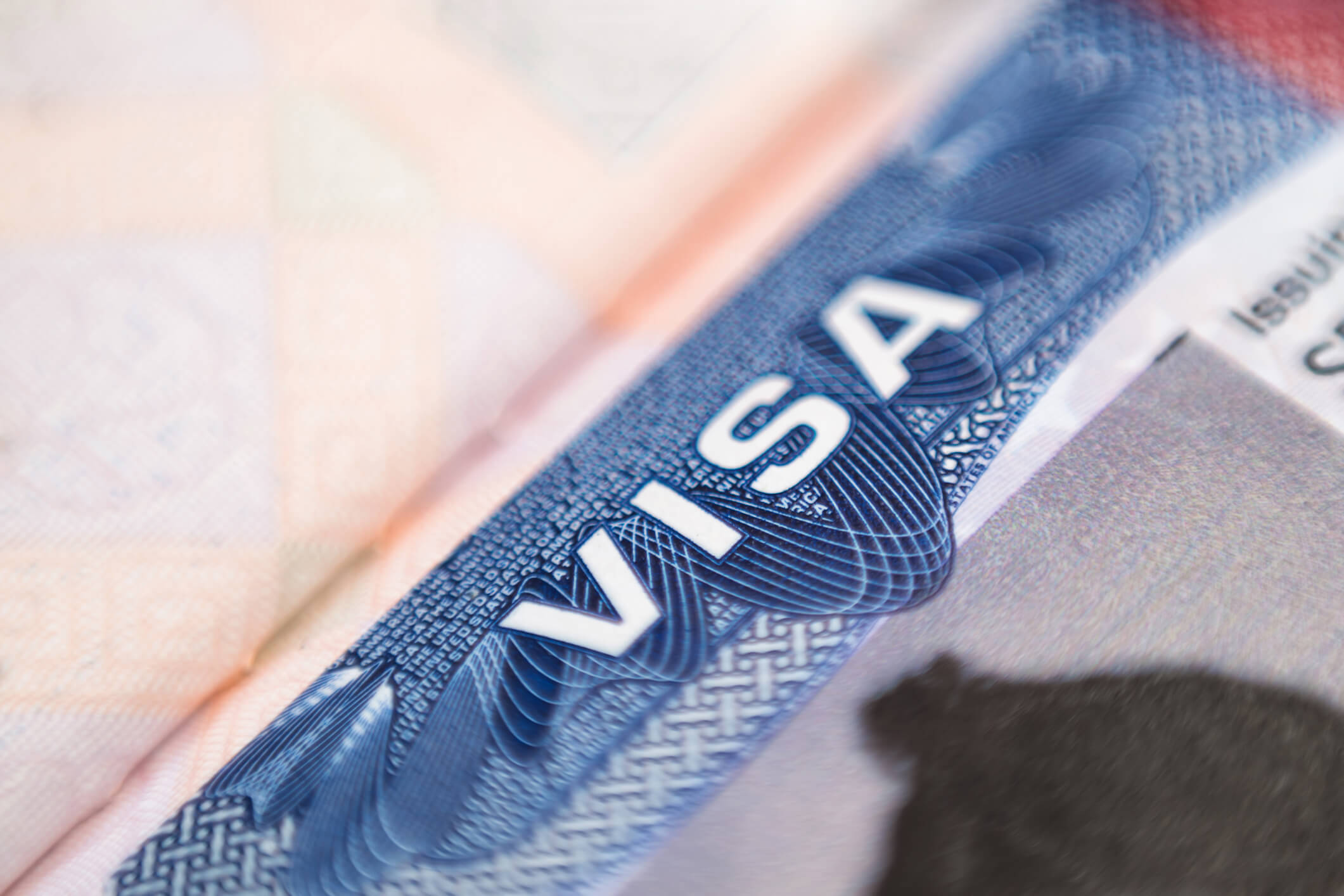Important Notice Regarding Labor Condition Application Processing Times
The filing period for “new” H-1B petitions to be counted against the annual H-1B quota (the “H-1B cap”) begins on Tuesday, March 31, 2009. Thus, employers are encouraged to begin identifying current and future employees who will need H-1B visa status to be legally employed. Persons currently employed as F-1 students or J-1 trainees and persons outside of the United States commonly require new, cap-subject H-1Bs. March 31 is the initial filing date for petitions seeking H-1B status with an effective date of October 1, 2009.
The annual limit for new H-1Bs is 65,000 (less 6,800 set aside for citizens/nationals of Chile or Singapore) with an additional 20,000 available to H-1B applicants who possess a Master’s or higher degree from a U.S. academic institution. An applicant qualifies for an H-1B under the additional 20,000 allotment if they have completed all requirements for the advanced degree at the time the petition is filed.
Last year, approximately 163,000 petitions were received in the first five days of filing, including more than 31,000 filed under the advanced degree category. When more applications are received in the initial days of filing than there are available visa numbers, a lottery is conducted using a computer-generated “random selection” process.
It is likely that a lottery will be necessary this year as well. Therefore it is important that employers file all new H-1B petitions on March 31, 2009. As noted below, delays in processing prerequisite Labor Condition Applications (LCAs) make advance preparation even more critical in 2009. Note that in a lottery scenario, there can be NO GUARANTEE that all petitions timely submitted will be accepted for processing.
Certain petitions are exempt from the H-1B cap, including:
- Petitions filed to extend or amend H-1B employment for foreign workers already in H-1B status; and
- Petitions filed on behalf of new workers to be employed by institutions of higher education or related nonprofit entities, nonprofit research organizations, or governmental research organizations.
Note: This article was published in the January 8, 2009 issue of the Immigration eAuthority.



